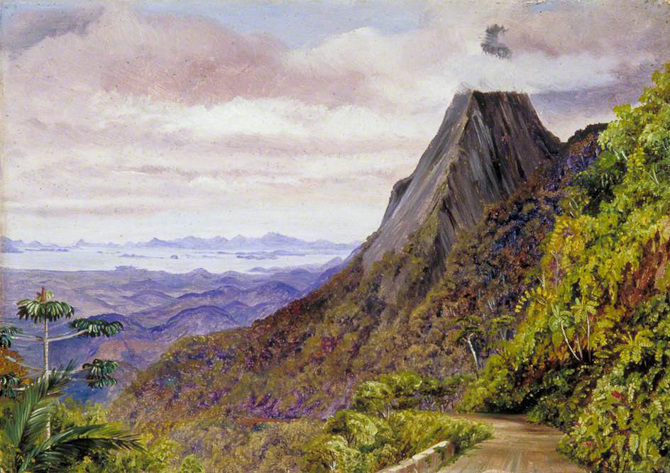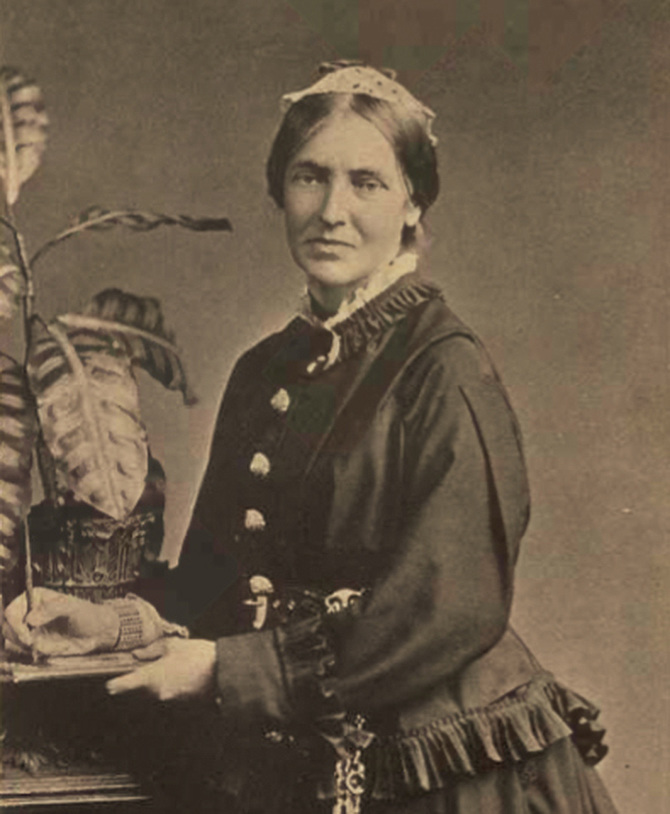

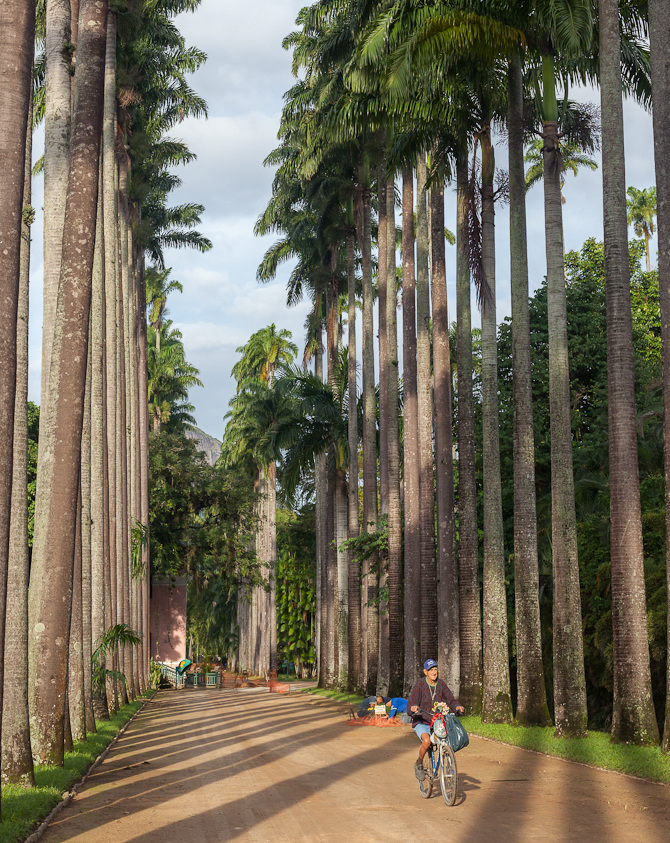


Rio de Janeiro and Sugarloaf Mountain
![]()
![]() Strangler Fig
Minas Gerais (1873) and Rio de Janeiro (2015)
Strangler Fig
Minas Gerais (1873) and Rio de Janeiro (2015)
![]()
![]() Hummingbirds
with orchids (1873) and jade vine (2015)
Hummingbirds
with orchids (1873) and jade vine (2015)

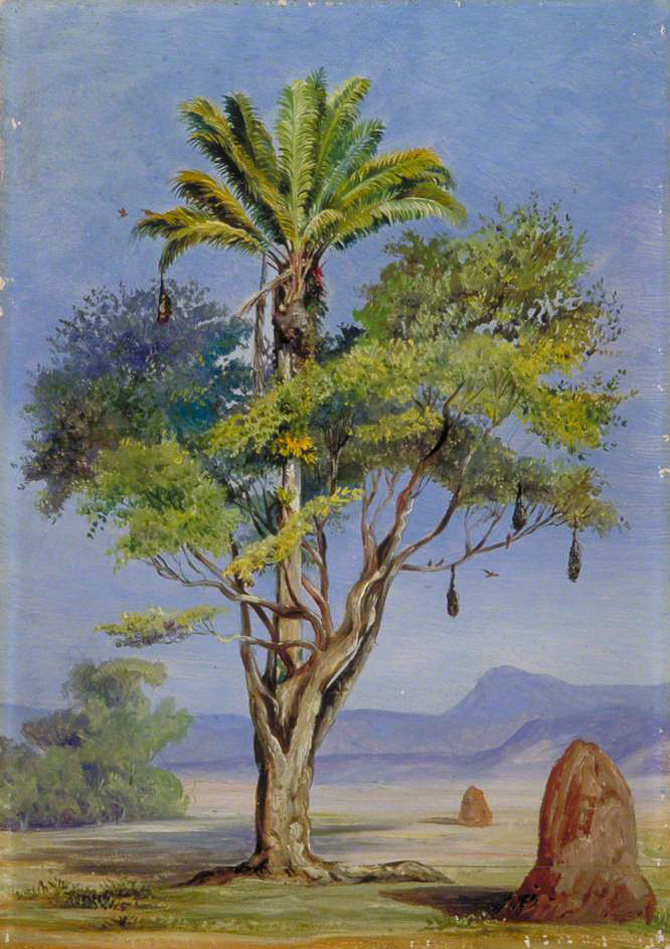
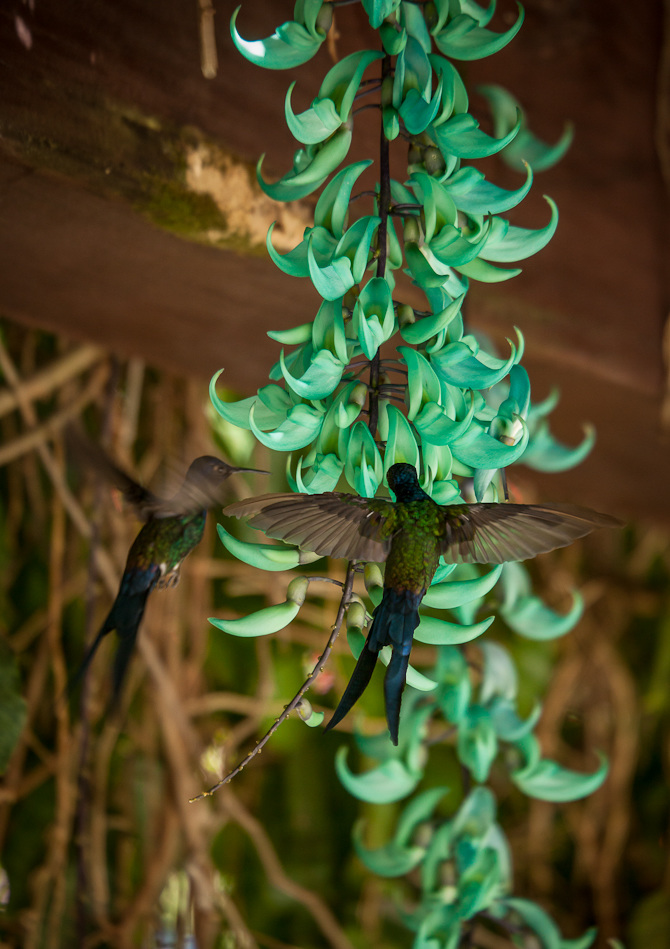

MARIANNE NORTH IN BRAZIL
Marianne North was a XIX Century English painter, traveler and writer, an exceptional woman that broke all molds and expectations of the time by leading a life commanded by the pursue of beauty, discovery and adventure. Marianne North was filled with the desire to paint and discover and spent most of her adult life crisscrossing the planet alone, with an easel and brushes, looking for unique plants and beautiful landscapes. At the end of her journey she amassed a collection of more than 800 paintings of landscapes and nature, primarily plants.
She arrived in Brazil in 1872 with the initial idea of staying in Rio de Janeiro. In the end she stayed over a year and traveled across part of the country, deep into the State of Minas Gerais. Her 112 paintings and the many pages dedicated in her autobiography to her time in Brazil offer a fascinating portrait of that time and its peoples.
The Project “North no Brasil” started in the year 2016, triggered by the pure mesmerizing pleasure of placing a tripod and a camera where her easel once was, witnessing the “before and after” of these special places and her deep love for botany. During several weeks travel we reencountered the views of Sugarloaf Mountain and the Rio Botanical Gardens, took a boat to Paqueta island in search of its beaches and rocks, to the Tijuca mountains, and then we continued up to Petrópolis and all the way to the State of Minas Gerais and the Morro Velho gold mines. We took pictures and filmed in 4K. What unfolded was a personal journey of discovery, interpretation and depiction, an individual pursue of artistic creation and vision, a path that touches on environmental, historical and social transformation. What constitutes the artist’s perspective, what relation is there between that Brazil and this modern country in front of us? Can we imagine the world in a specific spot 150 years from now?
Here are a few photos and videos of the first trip following Marianne North’s steps. In 2018 we hope to visit all the locations to dig deeper into their history, as well as the social and environmental transformations.


Paquetá Island
Rio de Janeiro Botanical Gardens
Paquetá Island
Lagoa de Freitas, Rio de Janeiro
![]()
![]() Teresópolis and Guanabara Bay
Teresópolis and Guanabara Bay
Rio de Janeiro Botanical Gardens
Paquetá Island
Lagoa de Freitas, Rio de Janeiro
